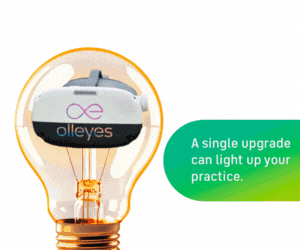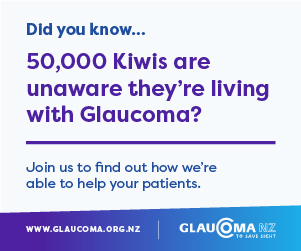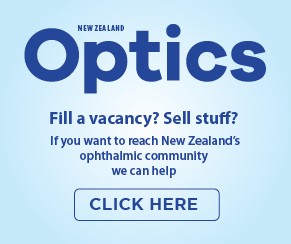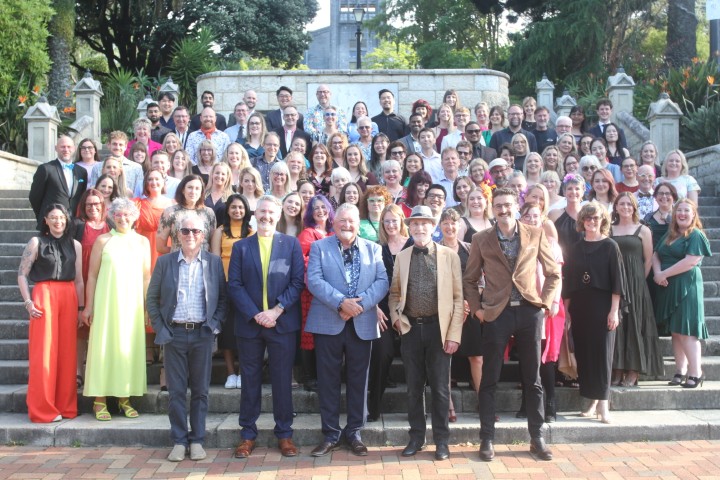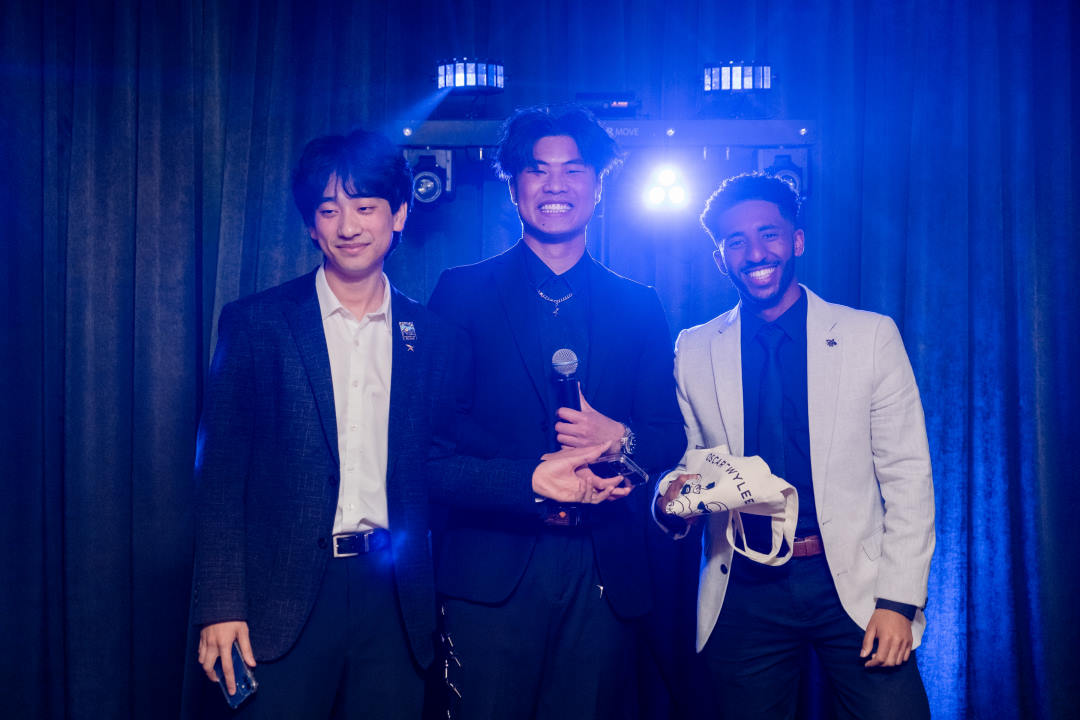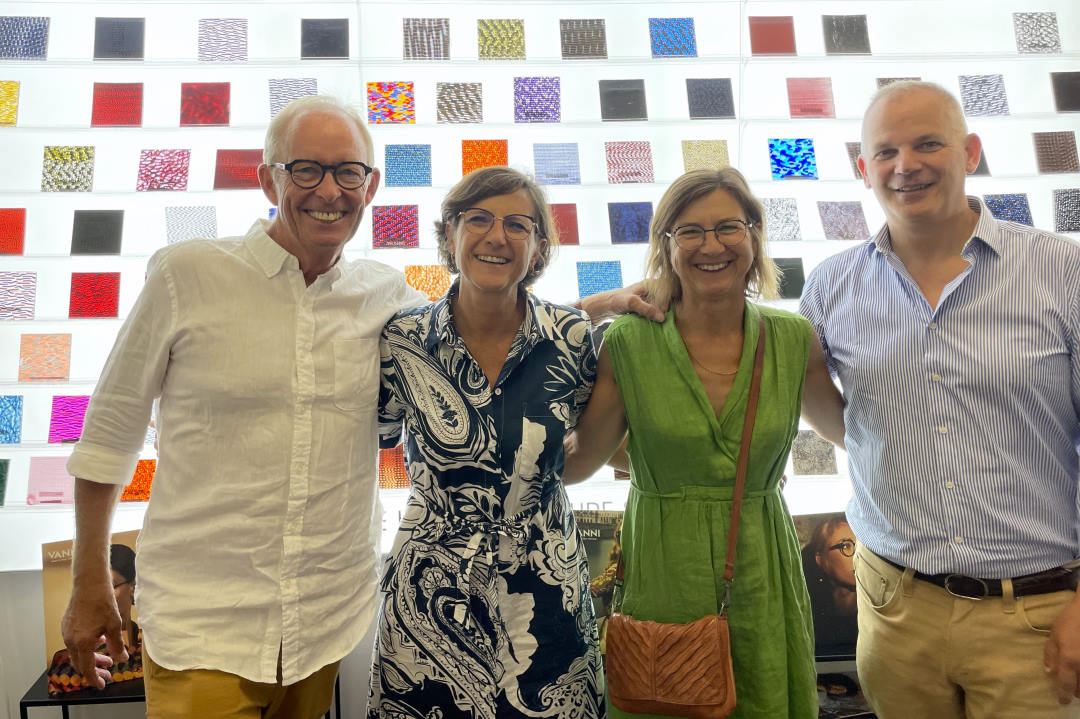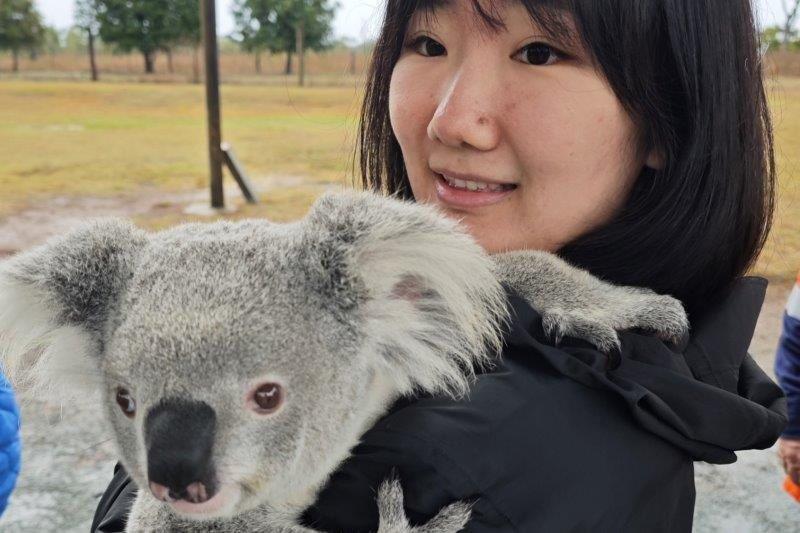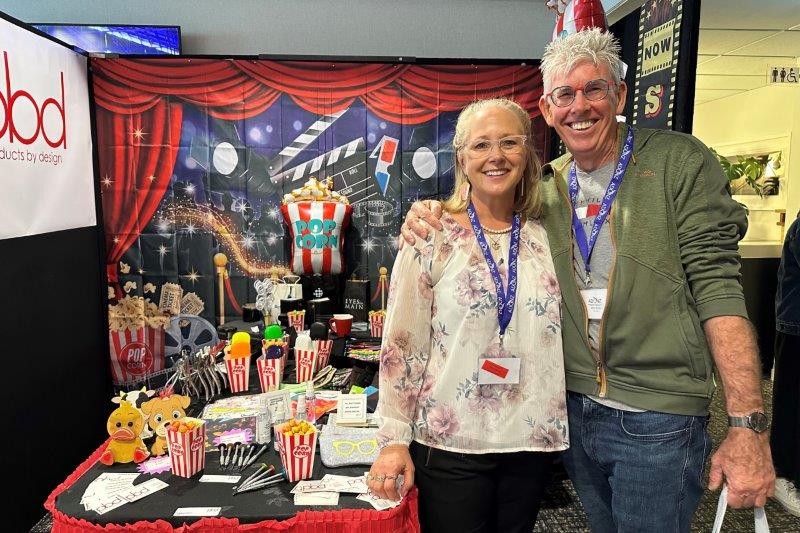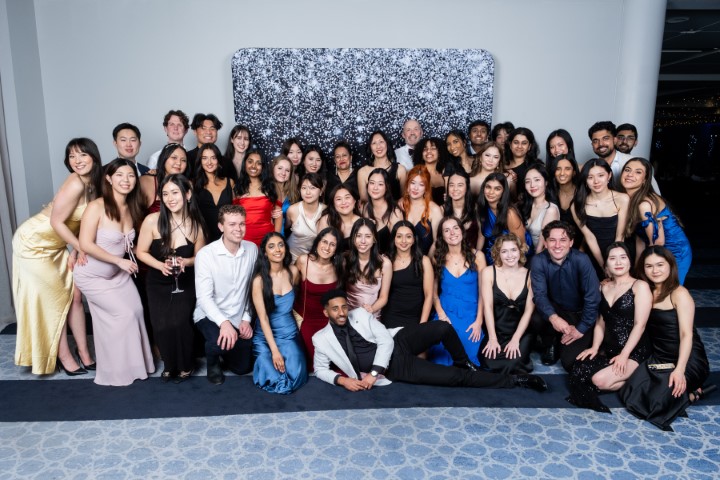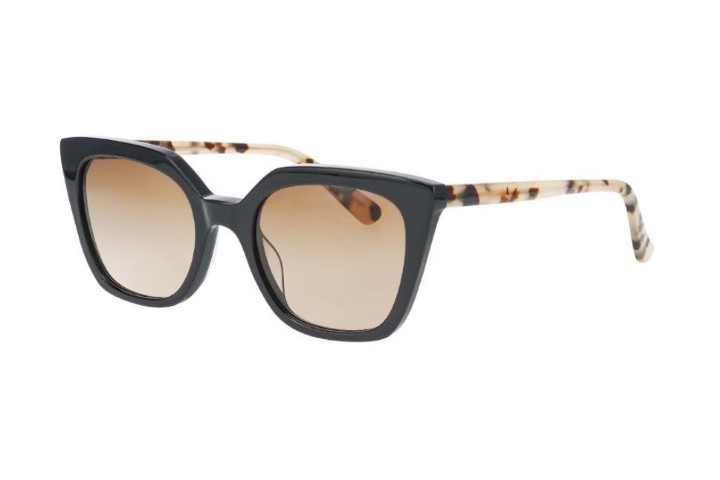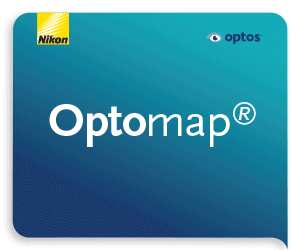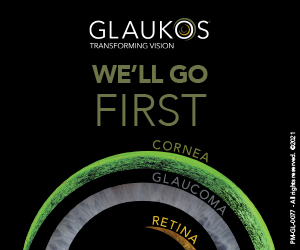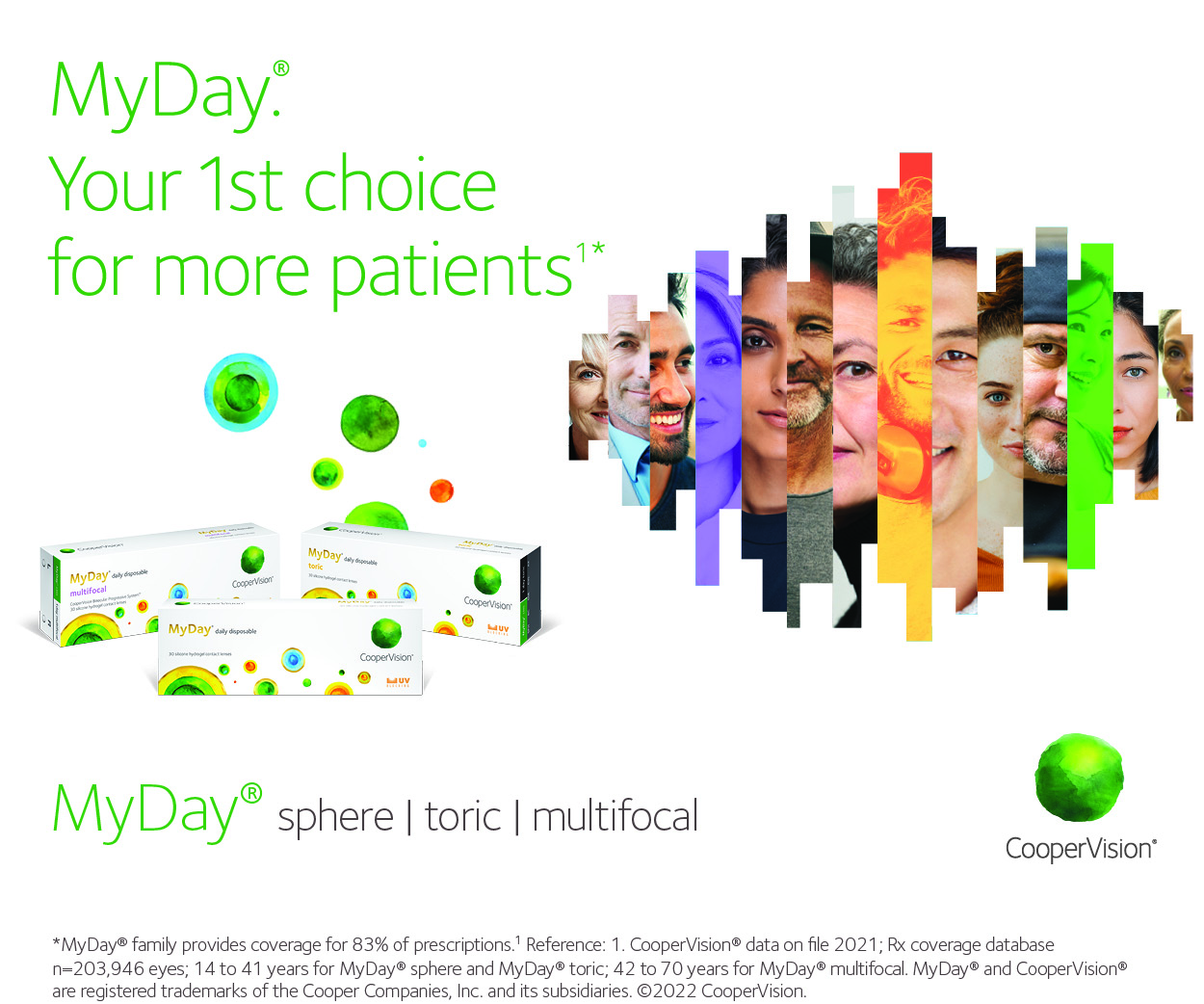Parents’ screen-time woes
Most parents (88%) have concerns about how an increasingly digital-centric lifestyle will impact their child’s eyes and acknowledge the importance of protective behaviours, a new Zeiss survey showed.
While 54% of parents surveyed said their children spend three or more hours outdoors every day, 63% said their children have three or more hours of screen time every day. Respondents said they use a range of protection measures to limit the impact of screen time on eye health, including screen-time breaks (41%) and wearing glasses, including blue-light-filtering, prescription, sun/UV or photochromic lenses (58%).
Parents understand and appreciate the value of age-specific eye care (60%) and 57% said they’d spend money on their child’s eye health even if there were no immediately tangible results (ie, instantly seeing more clearly). While 63% of parents said they believe their children need to get their eyes checked by an optometrist annually, only 47% actually did.
Although half the parents of children who spend three or more hours on screens every day said they’re ‘extremely’ or ‘very concerned’ about their children experiencing digital eye strain (48%), that doesn’t always translate into action – roughly one-third don’t get their children’s eyes examined every year (31%). One-third of parents also said reducing kids’ eye strain would be a motivator to purchase glasses for them.
The research shows children are living different lives today compared to just two decades ago and they need age-appropriate eyecare solutions to account for time spent outdoors, in the classroom and using digital screens, said Jens Boy, president of Zeiss Vision Care North America. “Zeiss SmartLife Young lenses address age-specific needs, such as anatomical and pupil size changes, and provide wider fields of clear vision to help children see better and protect their long-term eye health.”
The nationwide US survey surveyed 1,000 parents with children aged 18 about their concerns, behaviours and spending habits tied to maintaining and protecting their children’s long-term eye health.





